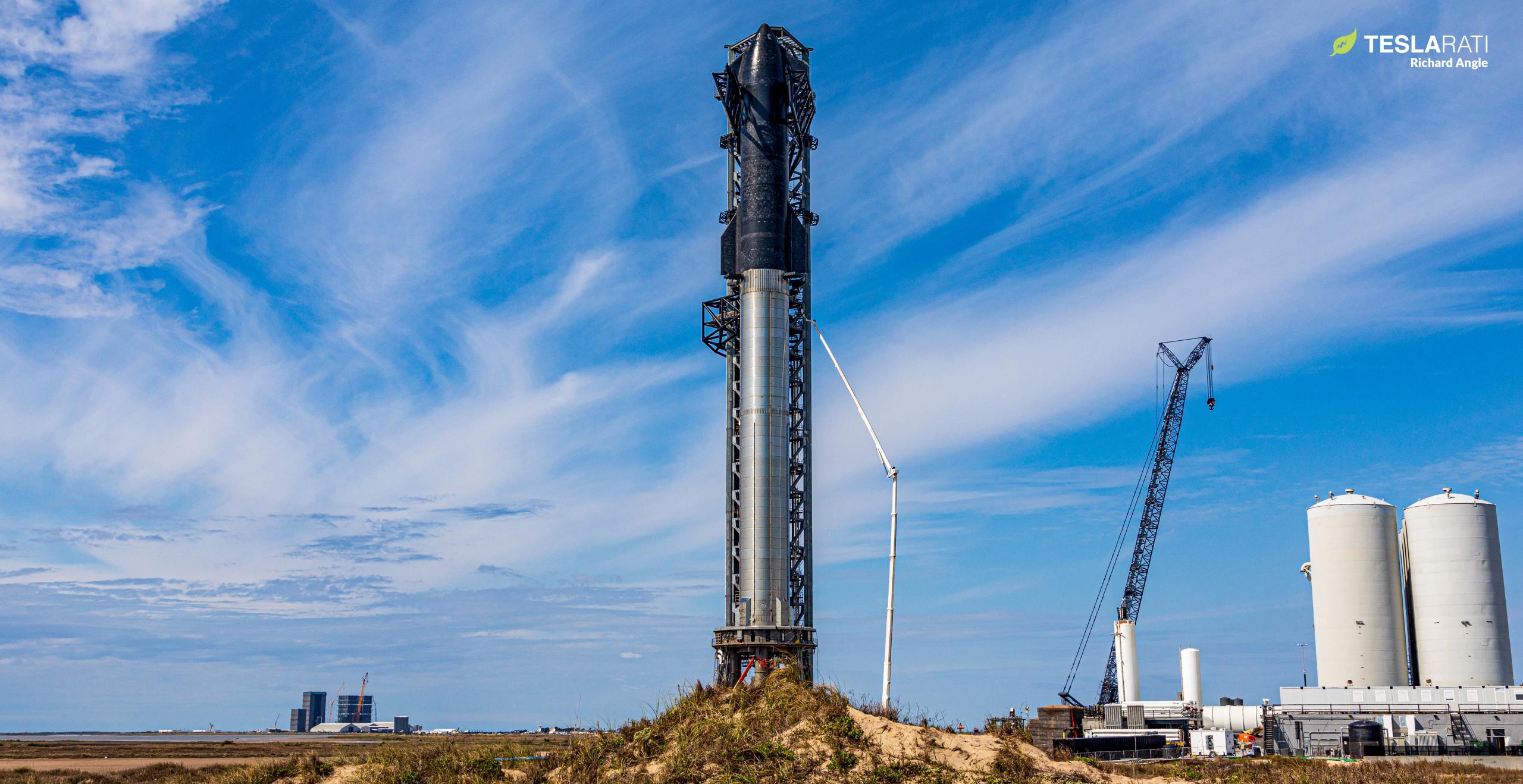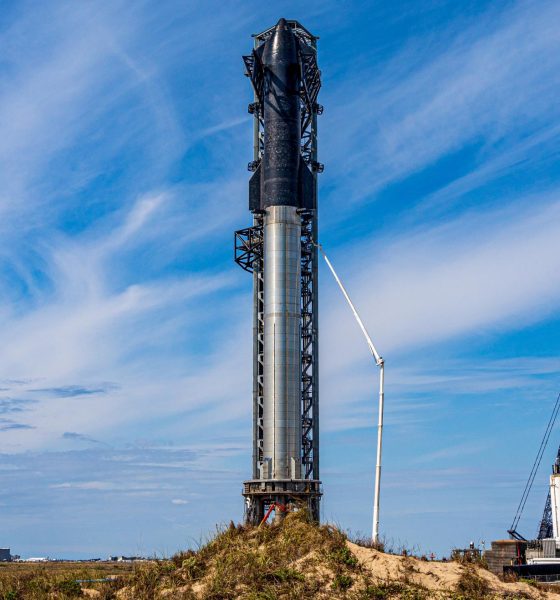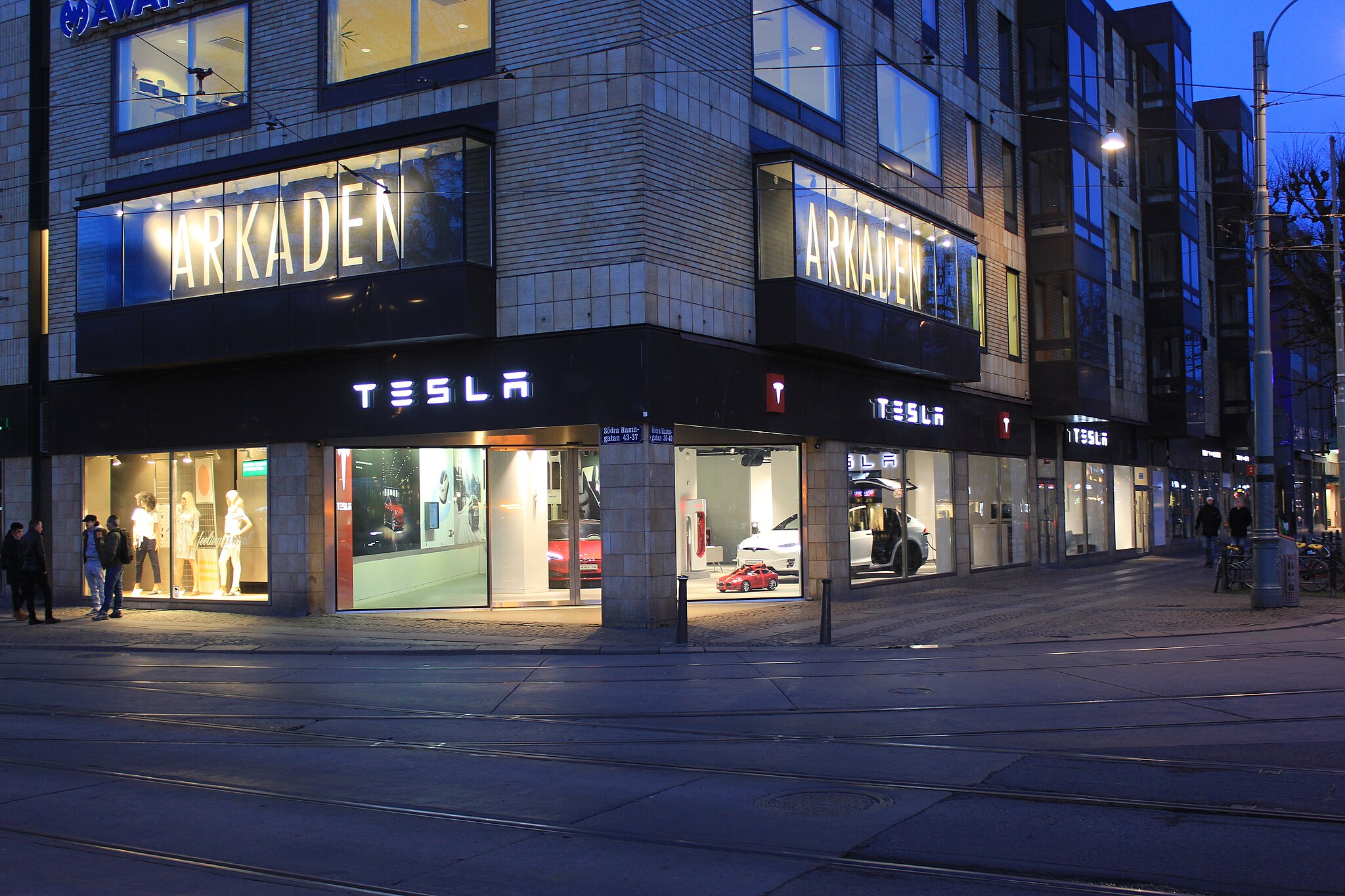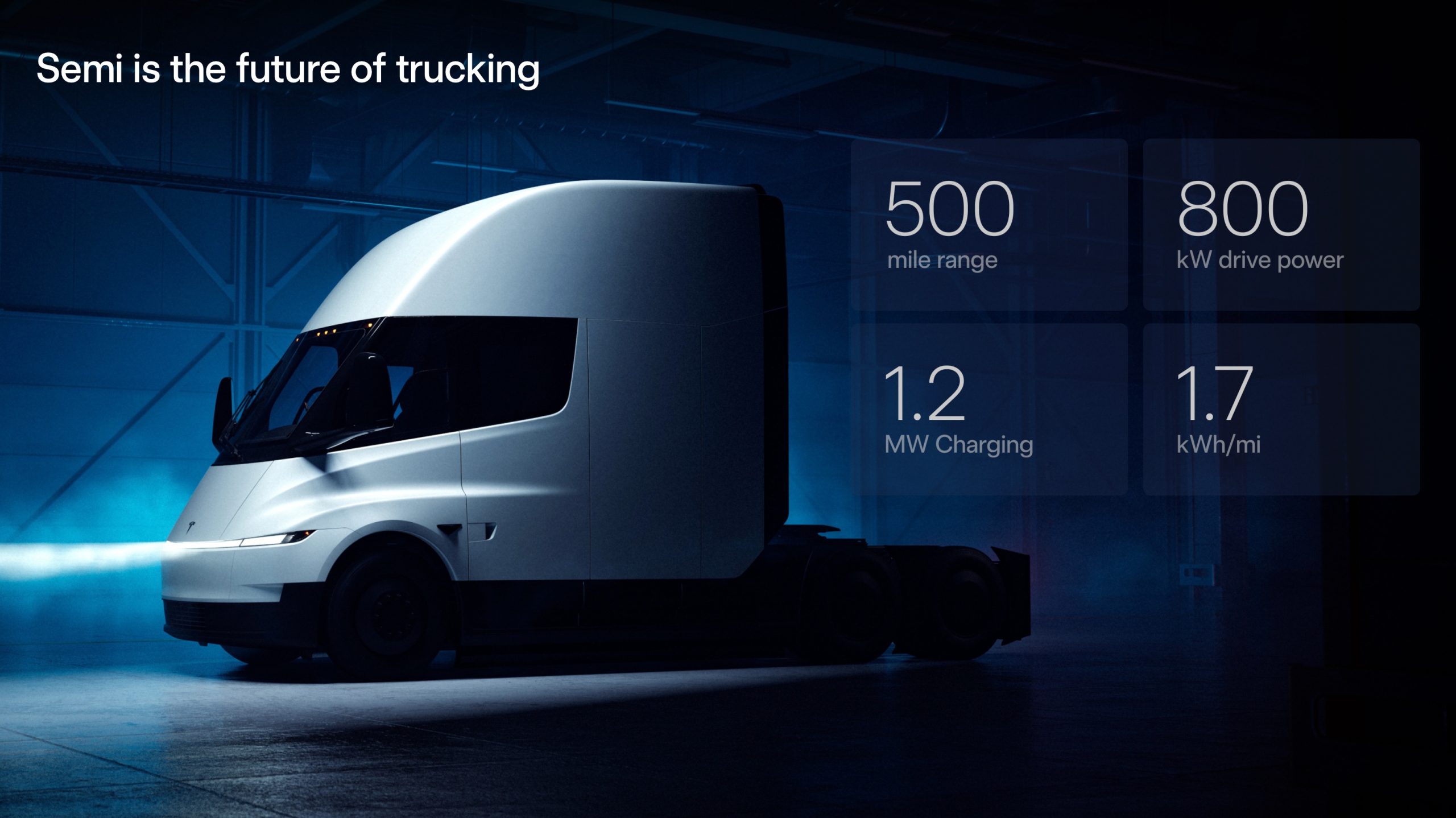

News
SpaceX’s Starbase environmental review delayed another month
The FAA says that it will take at least another month to complete a crucial environmental review of orbital Starship launches from SpaceX’s South Texas Starbase facilities.
The agency now expects that Starbase’s Programmatic Environmental Assessment (PEA) will be completed no earlier than March 28th, 2022, delaying the process at least another four weeks on top of an initial delay from December 31st, 2021 to February 28th, 2022. However, while the FAA gained some infamy for repeatedly delay SpaceX Starbase launch operations in late 2020 and early 2021, there is growing evidence that other US government agencies – not the FAA itself – are primarily responsible for most of the review’s delays.
Namely, information acquired through a Freedom Of Information Act (FOIA) request indicates that US Departments of Fish and Wildlife Services (FWS) and National Parks Services (NPS) are the primary sources of recent delays and the only real sources of discord this late in the process. As an example, as of the end of October 2021, the NPS had a list of at least 31 comments on SpaceX’s Starbase Draft PEA, each of which would have required a detailed response and additional back-and-forth to refine each response. The critiques and requests cover virtually every aspect of orbital Starship launches from Starbase, including FAA launch license details, recent SpaceX land acquisitions, impacts on a local Civil War battlefield landmark, pad lighting, air quality, noise, paint colors, road closures, Raptor thrust, contingency plans, and more.
Meanwhile, in a general review, the Department of the Interior (DOI) – speaking on behalf of the FWS and NPS – raised concerns about “launch site blast area hazards, closure of FWS and NPS lands, environmental justice (EJ) concerns, NHPA Section 106 and 110(f), [endangered] species, air quality emissions, and climate change impacts. It’s difficult to say how many of the concerns raised are actually serious. For example, the point repeatedly made by the DOI, FWS, and NPS is that hypothetical emissions from a natural gas power plant SpaceX proposed to build in its Draft PEA would violate EPA rules.
However, since that draft was published, there is growing evidence that SpaceX is behind a brand new power distribution line set to connect Boca Chica and Brownsville, Texas. The new lines appear to be sized to provide Starbase with enough power to entirely preclude the need for the construction of any dedicated power plants on site. Only a backup power source of some kind would be necessary. Assuming SpaceX is actually behind the development, it’s difficult to believe that the company hasn’t communicated that change of plans to the FAA and other Starbase PEA stakeholders.
As another example, the Fish and Wildlife Services’ own list of complaints includes the bizarre request that SpaceX increase its estimate for the number of failures that will occur during future Starship testing fivefold from 10% (already an extremely pessimistic figure) to 50% because “[nine] of 16 tests or hops that have occurred [at Starbase]…resulted in some type of anomaly with fire or debris.” While true that many of SpaceX’s developmental Starship tests have resulted in major failures or explosions, the FWS appears to fundamentally misunderstand the purpose of those failures and SpaceX’s approach to development, which is to learn from failures and prevent their reoccurrence. Something would have to go terribly wrong for half of all future Starship ground and flight tests to result in failure when SpaceX’s goal is to develop Starship into a reliable launch vehicle – not to futilely test prototypes forever.
Ultimately, it remains to be seen if SpaceX and the FAA will be able to secure the DOI, FWS, and NPS approvals required to finish the Starbase PEA. If the parties can’t come to some kind of agreement, SpaceX may be forced to effectively restart the environmental review process from scratch and pursue a more thorough Environmental Impact Statement (EIS). Completing an EIS could easily take years, potentially forcing SpaceX to give up on South Texas as a site for regular orbital Starship launches.
While CEO Elon Musk recently implied that SpaceX would never abandon Starbase and might use the site as a sort of dedicated research and development facility, it’s difficult to believe that the cost of operating and maintaining an entire Starship factory and orbital launch site would make sense from a programmatic or financial perspective given that SpaceX appears likely to build a Florida Starbase for East Coast Starship launches. SpaceX already has full environmental approval to launch 24 Starships per year from its Kennedy Space Center Pad 39A facilities.

News
Tesla Cybercab tests are going on overdrive with production-ready units
Tesla is ramping its real-world tests of the Cybercab, with multiple sightings of the vehicle being reported across social media this week.

Tesla is ramping its real-world tests of the Cybercab, with multiple sightings of the autonomous two-seater being reported across social media this week. Based on videos of the vehicle that have been shared online, it appears that Cybercab tests are underway across multiple states.
Recent Cybercab sightings
Reports of Cybercab tests have ramped this week, with a vehicle that looked like a production-ready prototype being spotted at Apple’s Visitor Center in California. The vehicle in this sighting was interesting as it was equipped with a steering wheel. The vehicle also featured some changes to the design of its brake lights.
The Cybercab was also filmed testing at the Fremont factory’s test track, which also seemed to involve a vehicle that looked production-ready. This also seemed to be the case for a Cybercab that was spotted in Austin, Texas, which happened to be undergoing real-world tests. Overall, these sightings suggest that Cybercab testing is fully underway, and the vehicle is really moving towards production.
Production design all but finalized?
Recently, a near-production-ready Cybercab was showcased at Tesla’s Santana Row showroom in San Jose. The vehicle was equipped with frameless windows, dual windshield wipers, powered butterfly door struts, an extended front splitter, an updated lightbar, new wheel covers, and a license plate bracket. Interior updates include redesigned dash/door panels, refined seats with center cupholders, updated carpet, and what appeared to be improved legroom.
There seems to be a pretty good chance that the Cybercab’s design has been all but finalized, at least considering Elon Musk’s comments at the 2025 Annual Shareholder Meeting. During the event, Musk confirmed that the vehicle will enter production around April 2026, and its production targets will be quite ambitious.
News
Tesla gets a win in Sweden as union withdraws potentially “illegal” blockade
As per recent reports, the Vision union’s planned anti-Tesla action might have been illegal.

Swedish union Vision has withdrawn its sympathy blockade against Tesla’s planned service center and showroom in Kalmar. As per recent reports, the Vision union’s planned anti-Tesla action might have been illegal.
Vision’s decision to pull the blockade
Vision announced the blockade in early December, stating that it was targeting the administrative handling of Tesla’s facility permits in Kalmar municipality. The sympathy measure was expected to start Monday, but was formally withdrawn via documents sent to the Mediation Institute and Kalmar Municipality last week.
As noted in a Daggers Arbete report, plans for the strike were ultimately pulled after employer group SKR highlighted potential illegality under the Public Employment Act. Vision stressed its continued backing for the Swedish labor model, though Deputy negotiation manager Oskar Pettersson explained that the Vision union and IF Metall made the decision to cancel the planned strike together.
“We will not continue to challenge the regulations,” Petterson said. “The objection was of a technical nature. We made the assessment together with IF Metall that we were not in a position to challenge the legal assessment of whether we could take this particular action against Tesla. Therefore, we chose to revoke the notice itself.”
The SKR’s warning
Petterson also stated that SKR’s technical objection to the Vision union’s planned anti-Tesla strike framed the protest as an unauthorized act. “It was a legal assessment of the situation. Both for us and for IF Metall, it is important to be clear that we stand for the Swedish model. But we should not continue to challenge the regulations and risk getting judgments that lead nowhere in the application of the regulations,” he said.
Vision ultimately canceled its planned blockade against Tesla on December 9. With Vision’s withdrawal, few obstacles remain for Tesla’s long-planned Kalmar site. A foreign electrical firm completed work this fall, and Tesla’s Careers page currently lists a full-time service manager position based there, signaling an imminent opening.
News
Tesla Semi program Director teases major improvements

Tesla Semi Program Director Dan Priestly teased the major improvements to the all-electric Class 8 truck on Thursday night, following the company’s decision to overhaul the design earlier this year.
Priestley said he drove the Semi on Thursday, and the improvements appear to be welcomed by one of the minds behind the project. “Our customers are going to love it,” he concluded.
Just drove the redesigned Semi. Our customers are going to love it. https://t.co/KZ88sf1CDL
— Dan Priestley (@danWpriestley) December 19, 2025
The small detail does not seem like much, but it is coming from someone who has been involved in the development of the truck from A to Z. Priestley has been involved in the Semi program since November 2015 and has slowly worked his way through the ranks, and currently stands as the Director of the program.
Tesla Semi undergoes major redesign as dedicated factory preps for deliveries
Tesla made some major changes to the Semi design as it announced at the 2025 Annual Shareholder Meeting that it changed the look and design to welcome improvements in efficiency.
Initially, Tesla adopted the blade-like light bar for the Semi, similar to the one that is present on the Model Y Premium and the Cybertruck.
Additionally, there are some slight aesthetic changes to help with efficiency, including a redesigned bumper with improved aero channels, a smaller wraparound windshield, and a smoother roofline for better aero performance.
All of these changes came as the company’s Semi Factory, which is located on Gigafactory Nevada’s property, was finishing up construction in preparation for initial production phases, as Tesla is planning to ramp up manufacturing next year. CEO Elon Musk has said the Semi has attracted “ridiculous demand.”
The Semi has already gathered many large companies that have signed up to buy units, including Frito-Lay and PepsiCo., which have been helping Tesla test the vehicle in a pilot program to test range, efficiency, and other important metrics that will be a major selling point.
Tesla will be the Semi’s first user, though, and the truck will help solve some of the company’s logistics needs in the coming years.








